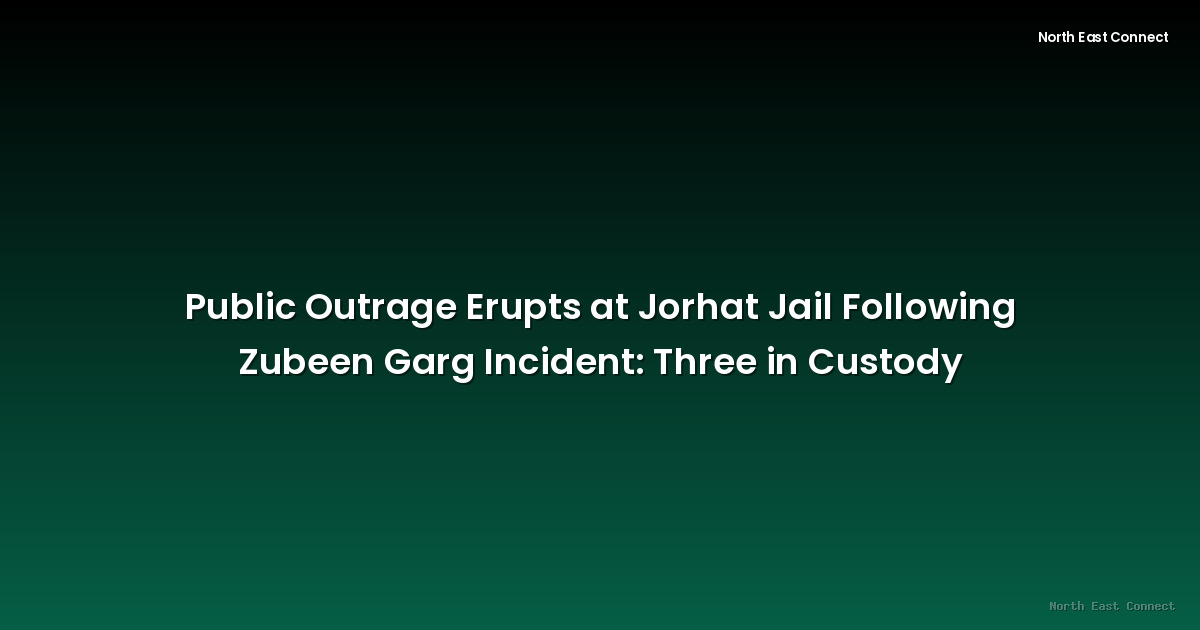2025-08-16 · News
The murder of Beena Ingtipi in Dima Hasao district, Assam, has sparked widespread outrage and protests. Three individuals have been apprehended by authorities in connection with the case, a significant development in the ongoing investigation. The arrests, while offering a degree of solace to those seeking justice, have not quelled the unrest among local villagers.
Following the arrests, villagers have intensified their demonstrations, focusing their anger on a project undertaken by Larsen & Toubro (L&T). Protesters have effectively halted work on the L&T project, citing a perceived lack of adequate response from authorities to the concerns raised by the community in the wake of Ingtipi's death. The precise nature of the villagers' grievances and their connection to the murder remain unclear, but the protest underscores deeper underlying issues within the community.
The situation highlights the complexities often faced in rural areas, where incidents of violence can trigger widespread protests against perceived systemic failures and injustices. While the arrests represent a crucial step in the legal process, the continuation of the protests indicates a need for greater engagement and dialogue between authorities and the community. Addressing the underlying concerns driving the protests is critical to restoring peace and ensuring lasting stability in the region. This requires a thorough investigation not only into the murder itself but also into the wider concerns raised by the protestors.
Further investigation is needed to fully understand the circumstances surrounding Beena Ingtipi's death and the reasons behind the villagers' actions. Understanding these factors is essential for developing effective strategies to prevent similar incidents in the future. Authorities need to focus on establishing trust with the community, fostering open communication, and effectively addressing the grievances that have led to the protests. The long-term goal should be to create an environment of peace and stability in Dima Hasao while ensuring justice is served in the murder case.
The halt in the L&T project adds another layer of complexity to the situation. The economic implications of the disruption, both for the company and the local community, need careful consideration. A balanced approach is necessary, one that addresses the villagers’ concerns while also minimizing the negative economic impact on the region. Finding a mutually acceptable solution will require skillful negotiation and a commitment to finding common ground.
The events in Dima Hasao underscore the importance of effective law enforcement, responsive governance, and open communication in maintaining peace and security in rural areas. The focus should now shift towards ensuring a transparent and fair legal process, addressing the underlying concerns of the villagers, and finding a sustainable solution that promotes both justice and stability in the region. The coming weeks will be critical in determining how these challenges are addressed and whether lasting peace can be achieved.







